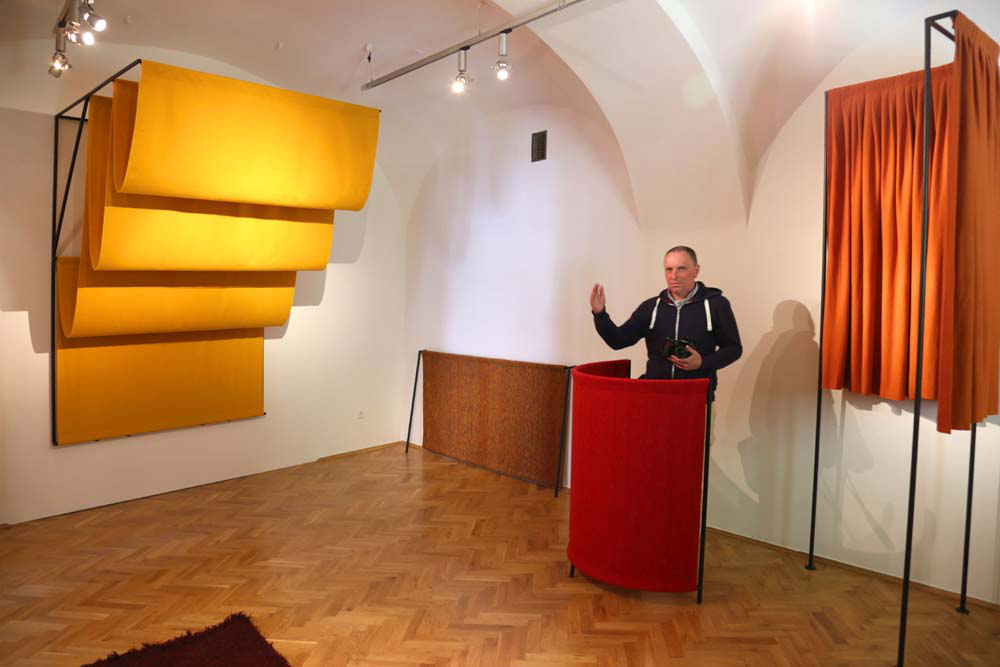An exhibition entitled “Home Clothing. Harmony to the Seasonal Imagination” has opened at the National Museum in Crago. The fabric used before its themed electricity became popular, the rhythm of life is determined by the time of day, night and year.
The “House in Cloth House” exhibition is a return to the past, in which modern amenities, everyday life are unimaginable, not available in a light switch, and the rhythm of human life is determined by the seasons. Of the year, day and night. – We realized that the soft coatings that had ceased to be used because of the electricity, heat and air conditioning, i.e. the textiles that were present in every home and associated with the seasonal rituals, had disappeared from the architecture. We stopped focusing on the nuances outside the window and led to a climate catastrophe – notes Małgorzata Kuciewicz from the Central Design team, co-author of the exhibition concept and design. – Fabrics that create soft architecture can be turned into costumes and envelopes for some rituals. By going home and tearing up, we can experience the nature of nature’s cycle and celebrate the disappearing seasons. We mention twelve of them – how many can be distinguished in the Polish climate in the past – he adds.
In the exhibition we will see, among other things, a lining, which in winter reduces the height of the room, which reduces the area required for heating and prevents heat from escaping upwards. The exhibits also include a bed rug, which was used in former farmhouses, in addition to “covering” furniture and floors, to be placed in the backyard when leaving the house. In turn, backrest was used on cold days to insulate the sloping walls of the house. The fabrics provided helped people to react to changing temperatures or the intensity of sunlight before the electricity spread.
They were made in workshops in Opoczno, Bobowa and Lviv. Traditional techniques are still cultivated and used in these places, and the materials created by weavers and weavers allow tradition to be translated into modern visual language. Natural yarns were used in the manufacture of fabrics: wool or “winter”, to prevent heat loss, and linen, which regulates the flow of light and heat and provides air circulation.
The exhibition “In Disguise of the House” will be on display at the National Museum until August 28 – Szołayski House in Szczepański Square.
⁇
⁇
1
›
⁇


“Communicator. Problem solver. Gamer. Passionate writer. Analyst. Avid creator. Lifelong travel maven. Tv evangelist.”




More Stories
Get Real Results: Buy Instagram Likes and Followers from InsFollowPro.com
Long-Lasting Elegance: Tips to Extend the Life of Your Acrylic Nails
Healthy Treats for Happy Hamsters: A Guide to Nutritional Snacks